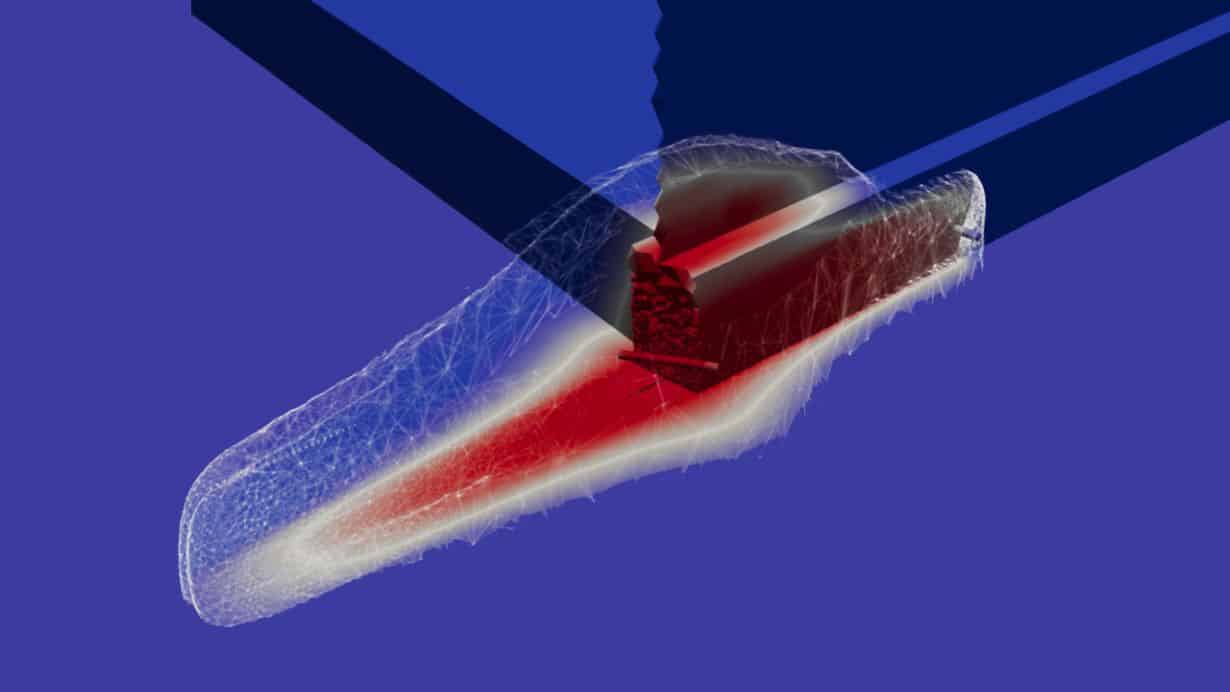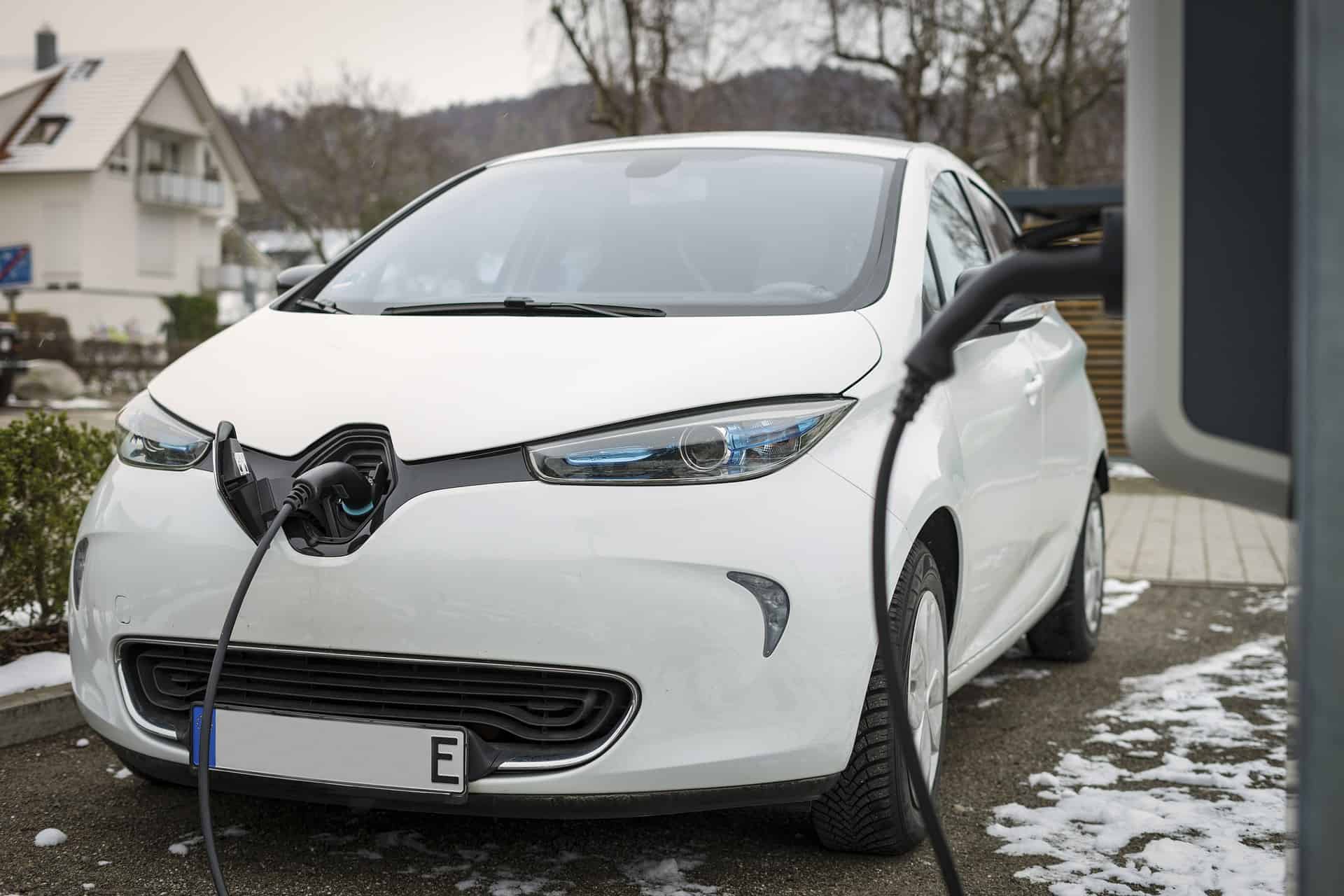
In Germany alone, every year about 800,000 to 900,000 people suffer from so-called nosocomial infections in connection with a hospital stay. Approximately one third of these cases are caused by a later, retrograde bacterial entry in immunocompromised patients. Patients therefore only become ill in hospitals. One of the many germ sources is the clinical water network.

While the fresh water is sterilised, bacteria can enter the hospital almost unhindered via drains. As a study published in January showed, bacteriological colonisation initially takes place in the wastewater pipes of the water-bearing odour barrier of the siphon. If the tap is now opened, fresh water runs through the sewage pipe. In the course of this, the air mass above the siphon flows upwards out of the wash basin. At the same time, it carries the bacteria present here upwards with it. These are detectable in a radius of approximately 1.5 metres around the sink. Since there is always a person near the sink when the water is running, it can be assumed that this way a transmission of bacteria can take place practically always.
CURRENT METHODS ARE COSTLY AND ELABORATE
Fortunately, however, not every contact with bacteria immediately leads to an illness. On the contrary: Most bacteria in and around our bodies are valuable helpers. Nevertheless, pathogenic germs can also spread in the same way. And especially in hospitals – where many people with immune deficiency come together in a confined space – this can pose a particularly serious problem: such patients are particularly susceptible to bacterial infections.
This has been known for quite some time. As a preventive measure, the siphon is cleaned at intervals and with great effort by baking it out or treating it with antibacterial cleaning agents. In this way, the spread of bacteria can largely be prevented. In principle, these methods work very well. However, they are demanding in terms of time and logistics. They also place a financial burden on the hospital and ultimately on the healthcare system.
RESEARCH ASSOCIATION
Reason enough for the researchers at the Fraunhofer Institute for Organic Electronics, Electron Beam and Plasma Technology (FEP) to develop a siphon that – once installed – is capable of continuously and safely preventing bacterial colonization. For their work, they joined forces with MoveoMed GmbH to form a project funded by the German Federation of Industrial Research Associations (AiF).
The novel approach consists in the development of a siphon insert that permanently prevents bacteriological colonisation and thus also prevents retrograde infection,” explains Jan-Michael Albrecht, Managing Director of MoveoMed.
Technologically, the known photocatalytic – self-cleaning through light – effect of titanium dioxide (TiO2) will be used. This substance generates so-called radicals when it comes into contact with UV light, which can destroy bacteria or other biological impurities within a very short time. Currently, this technology is already being used in self-cleaning facades or wall paints. It is interesting to note that even tiny TiO2 particles can achieve their cleaning effect in sunlight. Every time a TiO2 particle is hit by a sun ray – more precisely the UV portion of the ray – an oxygen radical is formed. The stronger the irradiation and the more titanium particles there are, the more pronounced is the radical formation and thus the cleaning effect.
CHALLENGES OF THE SIPHON
But not a single ray of sunlight gets into a sewage pipe and thus also no natural UV radiation. Furthermore, the project is complicated by the small space: In contrast to the normally quite large surface of a house wall – which represents at the same time the large reaction surface – neither large surfaces nor other available space are found in normal sewage pipes.
The researchers must compress thus the photocatalytic, self-cleaning effect of a facade in the sun in such a way that cleaning as well as disinfection are possible in the darkness and narrowness of a waste water pipe. They want to overcome the lack of space by using porous sintered materials. These are metals, which are first pulled to threads which are then loosely put together to form a netting with a lot of space. They are then solidified in a final heating step. This creates a material with a very large inner surface which can then be coated with titanium dioxide. The people of Dresden would like to replace the lack of daylight with special UV LEDs built into the siphon.
TRANSFER OF EXISTING TECHNOLOGIES
Therefore, the difficulties of the project do not lie in the research of new technologies, but rather in the transfer of existing technologies to completely new fields of application. Initially, it has now been possible to combine and bundle various expertise from a wide variety of fields. For example, the sintering process developed by the Fraunhofer Institute for Manufacturing Technology and Applied Materials Research IFAM is used to manufacture metallic materials with large surfaces. Dr. Ulla König, deputy head of the “Medical and Biotechnological Applications” division, is pleased: “The Fraunhofer FEP contributes its expertise in coating technology as well as in microbiology and analytics”. And with MoveoMed, the consortium has an experienced player in the field of innovative wastewater technology on board. The current MoveoSiphon ST24 model serves as a benchmark for the targeted microbiological efficacy.
The siphon project started in January 2019. It is funded by the Federal Ministry of Economics and Energy (BMWi) as part of the “Zentrales Investitionsprogramm Mittelstand (ZIM)” programme via the project management organisation Arbeitsgemeinschaft industrieller Forschungsvereinigung (AiF). A prototype is to be presented at the end of the two-year term. The FEP will be presenting its current research priorities in the field of hygiene and cleaning, including the siphon project, from 21 to 23 May 2019 at the MedTecLIVE trade fair in Nuremberg (Hall 10, Stand 10.0 – 621).







